An Honest Guide to Using Oils for Amazing Skin and Hair
In all my years as a cosmetic formulator and aromatherapist, I’ve seen one single mistake trip up just about everyone, from total beginners to even some pros in the beauty world. It’s the constant confusion between two very different types of oils. Getting this right is honestly the first, most important step to using them safely and getting the results you’re paying for.
In this article
We see them grouped together all the time: carrier oils and essential oils. But they are absolutely not the same thing. Mixing them up can lead to irritated skin, wasted money, and a whole lot of disappointment. Think of it this way: a carrier oil is the nourishing base, and the essential oil is the potent, targeted active. You need the carrier to safely get the essential oil onto your skin.
My goal here is to break it all down, just like I would for my own apprentices. We’ll get into the what, the why, and the how-to, so you can feel confident and start using these amazing plant extracts the right way.
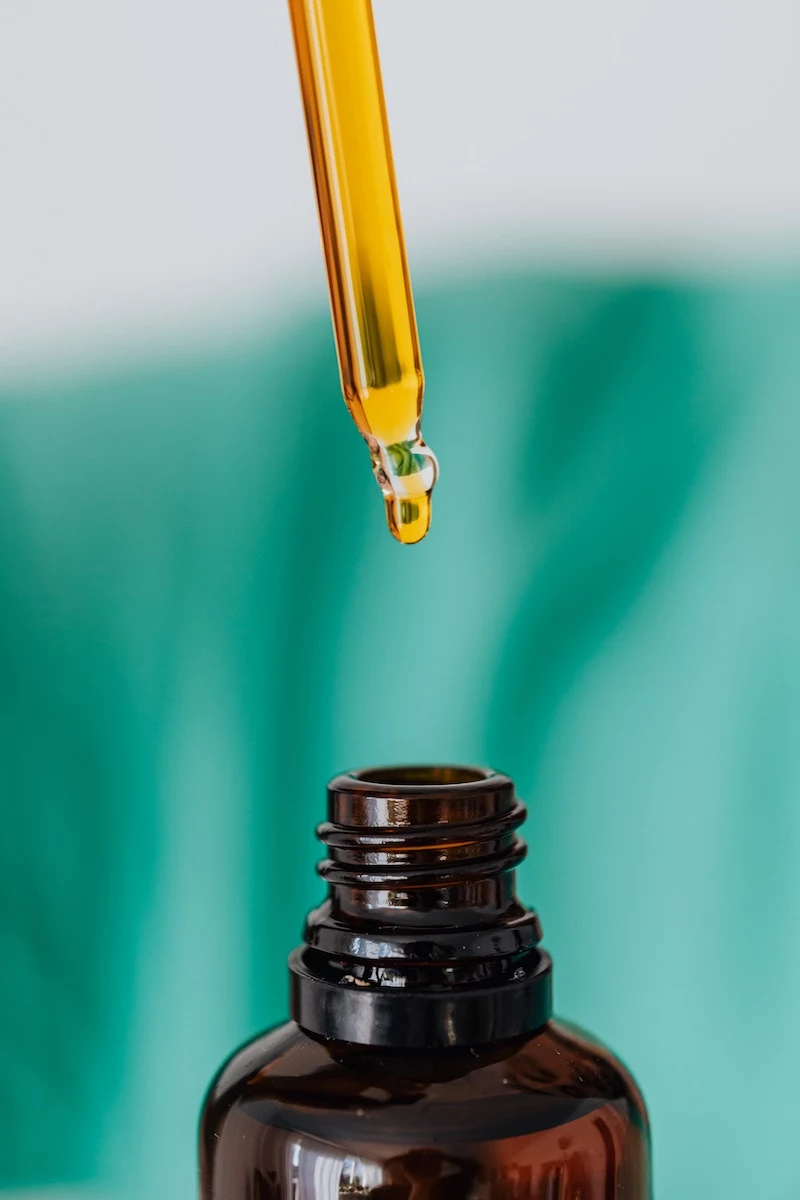
First Things First: The Unsung Heroes (Carrier Oils)
Before we even touch those tiny, powerful bottles of essential oils, we have to talk about the foundation. That’s your carrier oil. It’s the vehicle that not only dilutes the super-concentrated essential oils to make them safe, but it also brings its own incredible benefits to the table.
These are called “fixed” oils because, unlike essential oils, they don’t evaporate. They come from the fatty parts of a plant—usually the seeds, kernels, or nuts. How they’re made matters. A lot. Always, always look for cold-pressed, unrefined oils. This means the oil was extracted without high heat, which keeps all the good stuff like vitamins, antioxidants, and fatty acids intact. The rich color and natural, nutty scent of an oil are good signs you’ve got a quality product.
Quick Win For Today: Don’t have any fancy oils yet? No problem. Go into your kitchen and find a high-quality, cold-pressed extra virgin olive oil. Rub a few drops into your hands and cuticles tonight before bed. See? You’re already doing it!
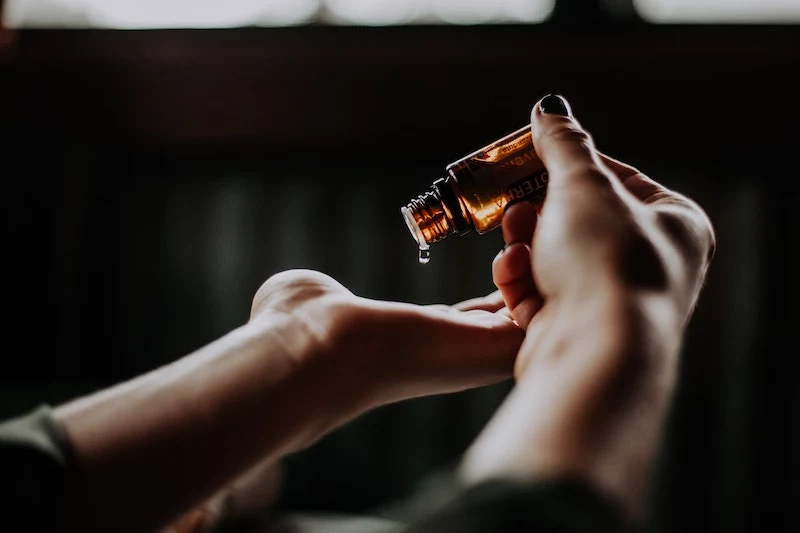
A Little Science, But Make It Simple
What makes one carrier oil different from another comes down to its fatty acid profile. The two big players you need to know are oleic acid and linoleic acid. Getting the right balance for your skin type is the secret sauce.
- Oleic Acid (Omega-9): This is a richer, heavier fatty acid. It’s a lifesaver for dry or mature skin because it’s deeply moisturizing and helps repair a weak skin barrier. Think avocado or macadamia nut oil.
- Linoleic Acid (Omega-6): This one is much lighter. It’s super important for a healthy barrier, and get this—studies have shown that people with acne-prone skin often don’t have enough of it. This makes their natural skin oil (sebum) thick and sticky, which leads to clogs. Using an oil high in linoleic acid, like grapeseed or rosehip, can help rebalance things.
My Go-To Carrier Oils (And Why They Work)
Let’s look at the oils I rely on day in and day out. I’ve chosen these for their versatility, reliability, and unique properties.
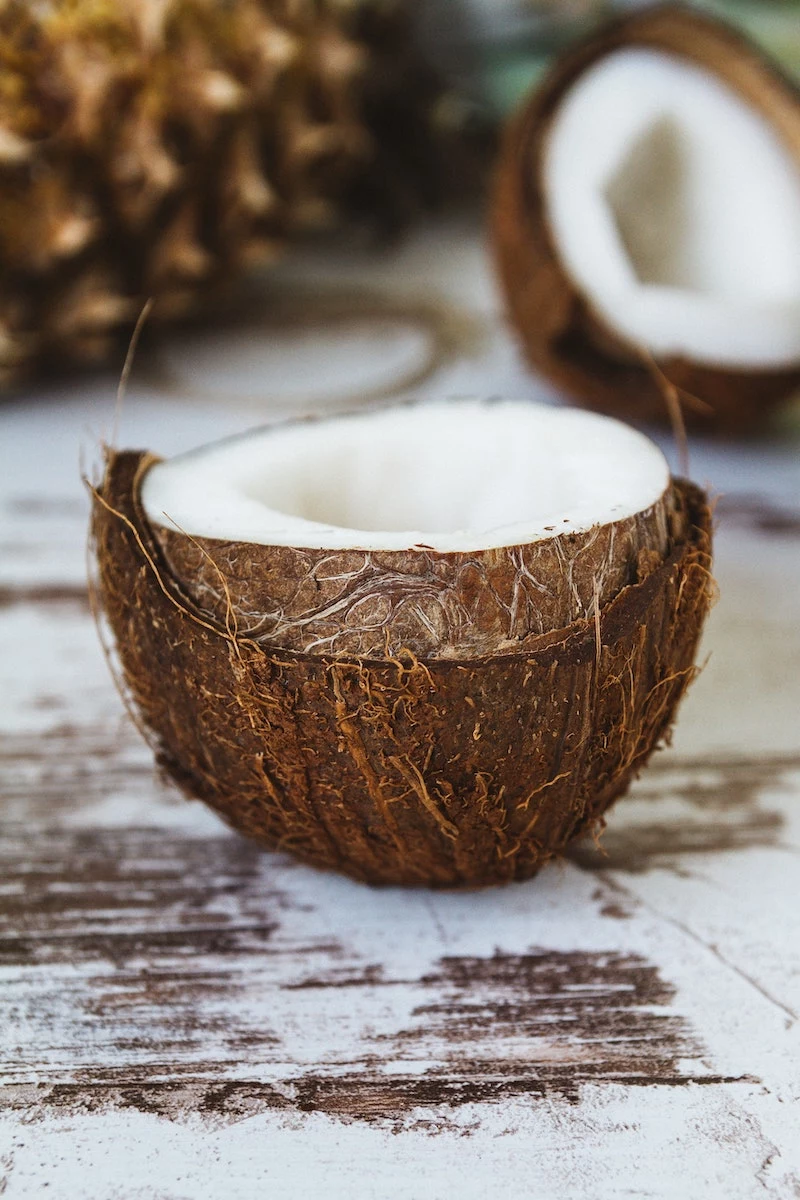
Jojoba Oil: Okay, a little technical secret: jojoba isn’t really an oil. It’s a liquid wax. Why does that matter? Because its structure is incredibly similar to our skin’s own sebum. This is why it absorbs so beautifully without feeling greasy and is my number one pick for oily and acne-prone skin. It can actually help signal your skin to chill out on oil production. It also lasts forever, which is a huge plus.
Best For: Oily, Combination, Acne-Prone Skin
Feel: Light & Silky
Price: $$ (Around $15-$25 for 4 oz)
Shelf Life: 2-5 years. It’s very stable.
Where to Buy: You can find great quality jojoba from brands like Plant Therapy, Edens Garden, or even at stores like Whole Foods.
Argan Oil: This workhorse oil from Morocco has a perfect balance of oleic and linoleic acids, making it fantastic for almost everyone. It moisturizes dry skin and helps regulate oily skin. It’s also packed with Vitamin E, which helps protect your skin from environmental stress. For hair, it’s a game-changer for taming frizz without that heavy, weighed-down feeling.
Best For: Normal, Dry, Combination Skin & Hair
Feel: Medium, smooth finish
Price: $$$ (Around $20-$35 for 4 oz)
Shelf Life: About 2 years. Keep it out of direct sunlight.
Where to Buy: Look for 100% pure argan oil from reputable brands that focus on ethical sourcing.
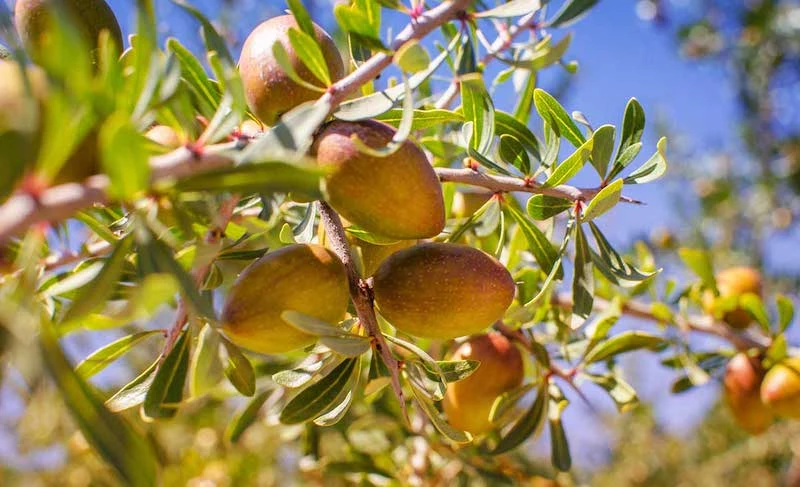
Rosehip Seed Oil: This is one of my favorite oils for renewal, but heads up: it’s delicate. It goes bad quickly, so you MUST store it in the fridge and use it within 6 months. Its power comes from a high concentration of linoleic acid and a natural, gentle form of Vitamin A, making it amazing for scars, dark spots, and fine lines. I’ve seen it work wonders on the marks left behind by acne. But because it’s so active, avoid using it on live, inflamed breakouts—wait until they’ve started to heal.
Best For: Scarred, Hyperpigmented, Mature Skin
Feel: Light and “dry” (absorbs fast)
Price: $$$ (Around $15-$30 for 2 oz)
Shelf Life: 6 months, tops. Keep it in the fridge!
Where to Buy: Because it’s so fragile, buy from a trusted source like Mountain Rose Herbs that has fresh stock.
Coconut Oil: We need to be specific here. That solid, fragrant virgin coconut oil in the jar is a fantastic body moisturizer and hair treatment. It’s one of the few oils proven to penetrate the hair shaft. But for the face? It’s highly likely to clog pores for most people. I’ve seen so many clients with new breakouts after slathering it on their face. Fractionated coconut oil, however, is a different beast. It stays liquid, is non-comedogenic, and has no scent, making it a stable and affordable carrier for essential oil blends, though it lacks the full nutrient profile.
Best For: Body & Hair (Virgin); Diluting essential oils (Fractionated)
Feel: Heavy & occlusive (Virgin); Very light & non-greasy (Fractionated)
Price: $ (Very affordable, $10-$15 for a big jar/bottle)
Shelf Life: 2+ years for both types.
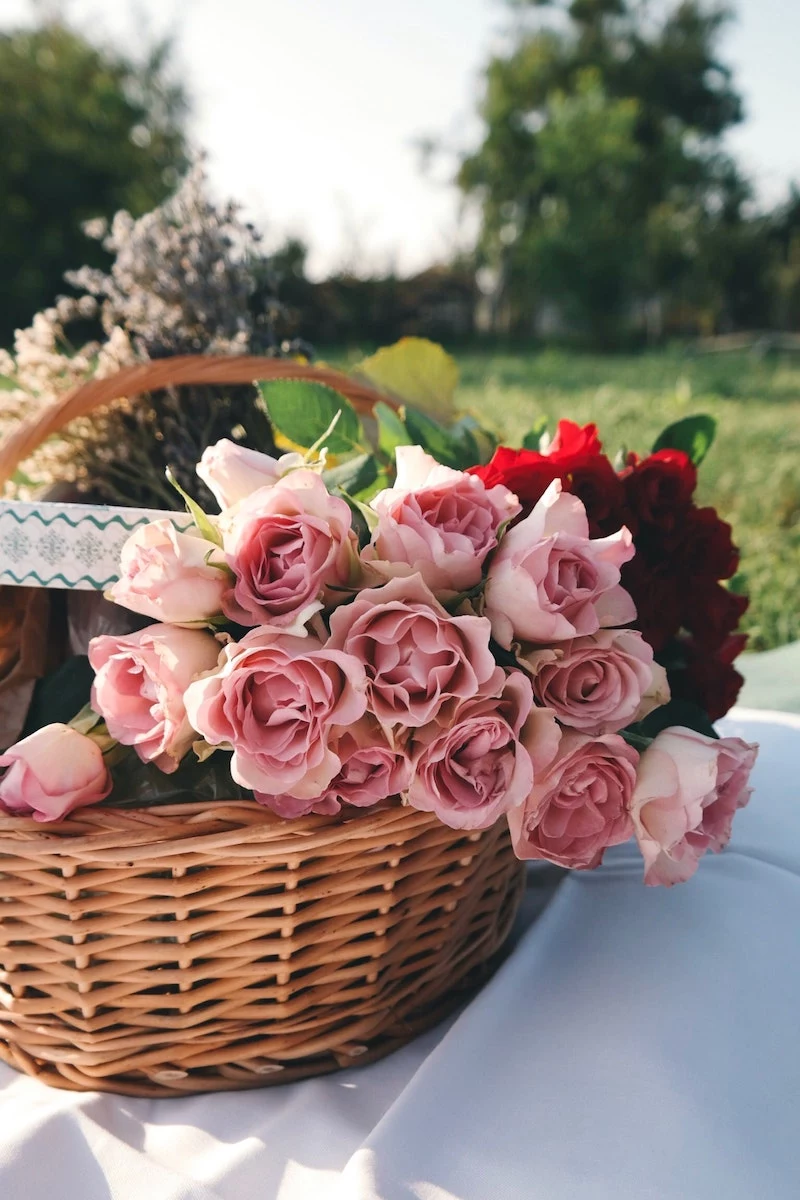
Macadamia Nut Oil: This is my absolute top pick for very dry or mature skin. Its superpower is a high level of palmitoleic acid (Omega-7), a fatty acid that’s abundant in youthful skin but drops off as we age. Using this oil helps restore that plump, elastic feeling. I once had a client whose flaky, chronically dry skin completely transformed after we switched her to a simple macadamia oil blend. In just a couple of weeks, the redness was gone and her skin felt comfortable for the first time in years. It’s a true hero for parched skin.
Best For: Very Dry, Mature, or Damaged Skin
Feel: Rich, but absorbs surprisingly well
Price: $$ (Around $12-$20 for 4 oz)
Shelf Life: About 1 year. Store in a cool, dark place.
The Power Players: Understanding Essential Oils
Alright, now for the actives. Essential oils are not fatty oils. They are highly concentrated aromatic compounds from plants. One single drop can be insanely potent. This power demands respect and, more importantly, a solid understanding of safety.
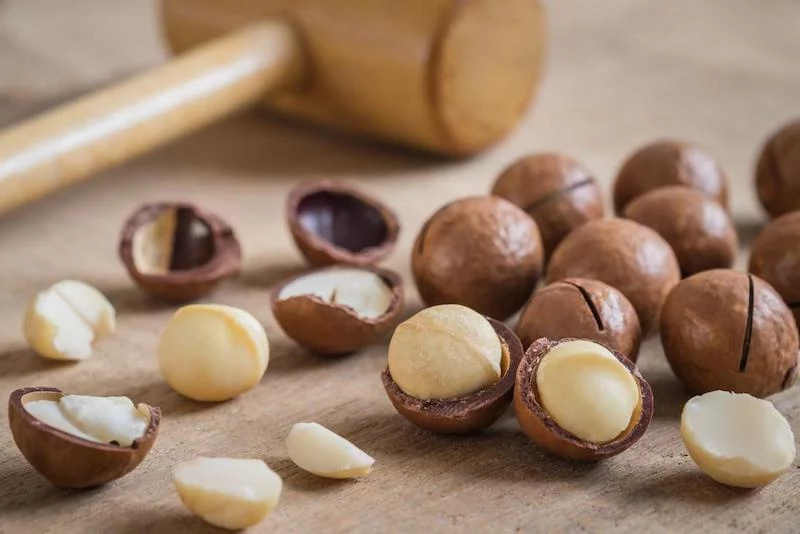
Safety Isn’t a Suggestion—It’s a Rule
I cannot stress this enough. Some of the advice floating around online is genuinely dangerous. Please, let’s get this straight.
-
DILUTE, DILUTE, DILUTE: Never, ever apply an essential oil directly to your skin. This is called applying it “neat,” and it can cause sensitization, irritation, or even chemical burns. For a standard 1 oz (30ml) bottle of carrier oil, a 1% dilution is about 5-6 drops of essential oil. TOTAL. That’s it! More is not better.
-
Always Patch Test: Before you slather a new blend on your face, test it. Apply a small amount on your inner elbow, cover it with a bandage, and wait 24-48 hours. If you see any redness or feel any itching, that blend is not for you.
-
Watch Out for the Sun: Some essential oils, mostly cold-pressed citrus oils like Bergamot, Lemon, and Lime, are phototoxic. They can react with sunlight and cause a nasty burn or discoloration. As a rule, avoid sun exposure for 12-18 hours after using them on your skin. Or, look for steam-distilled versions which are much safer.
-
Know When to Avoid Them: Essential oils are powerful. Be extremely cautious if you are pregnant or breastfeeding, or have conditions like epilepsy or high blood pressure. They are generally not recommended for kids and many are toxic to pets, especially cats.
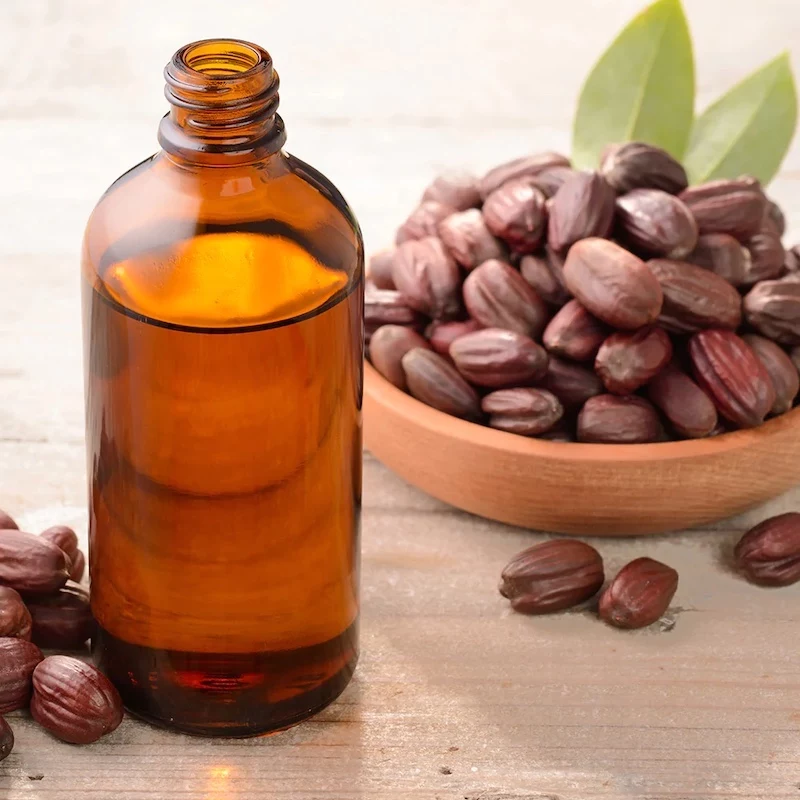
A Quick Look at Popular Essential Oils
Quality and purity are everything here. Always check the botanical name (like Lavandula angustifolia) on the bottle to make sure you’re getting the right thing.
Tea Tree Oil (Melaleuca alternifolia): Famous for its antimicrobial punch. It’s a rockstar for spot-treating blemishes, but ONLY when properly diluted. A single drop in a teaspoon of jojoba oil applied with a cotton swab is all you need. Using it undiluted will just make your skin angry and flaky. Price-wise, it’s very accessible ($). Its strong medicinal scent is a sign of its potency.
Lavender Oil (Lavandula angustifolia): A true jack-of-all-trades. Make sure you get angustifolia, as other types are more stimulating. True Lavender is incredibly calming, great for reducing redness, soothing bug bites, and promoting relaxation. It’s one of the gentlest oils, but yes, you still need to dilute it. It’s also quite affordable ($).
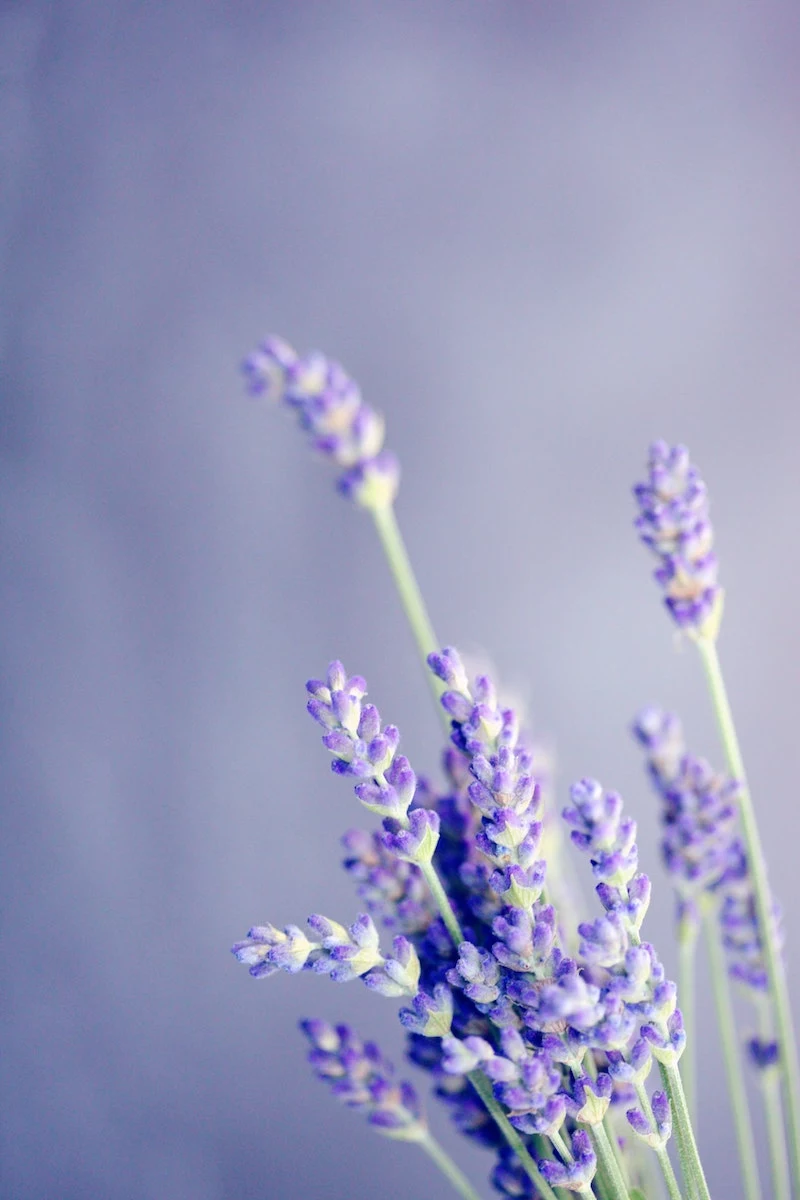
Rose Otto (Rosa damascena): The queen of skin oils, with a price tag to match ($$$$$). It’s incredible for hydrating and soothing mature, dry, and sensitive skin. For most of us, buying pure Rose Otto isn’t practical. A much smarter move is to buy a pre-diluted 3% version in jojoba oil, or to use Rose Geranium oil instead, which has a similar rosy scent and great benefits for a fraction of the cost.
Frankincense (Boswellia carterii): This ancient oil is a powerhouse for skin regeneration. It helps improve skin tone and elasticity, making it a fantastic choice for mature skin or scarring. I love blending it with Rosehip seed oil for a potent nighttime serum. It’s a mid-range oil in terms of cost ($$$).
German Chamomile (Matricaria recutita): This oil is a stunning deep blue color thanks to a compound called chamazulene, a powerful anti-inflammatory. This is my top pick for genuinely angry, inflamed skin like eczema or rosacea. A tiny bit goes a long way—just one or two drops in an ounce of carrier oil can make a huge difference. It’s a bit pricey ($$$) but worth it for targeted treatments.
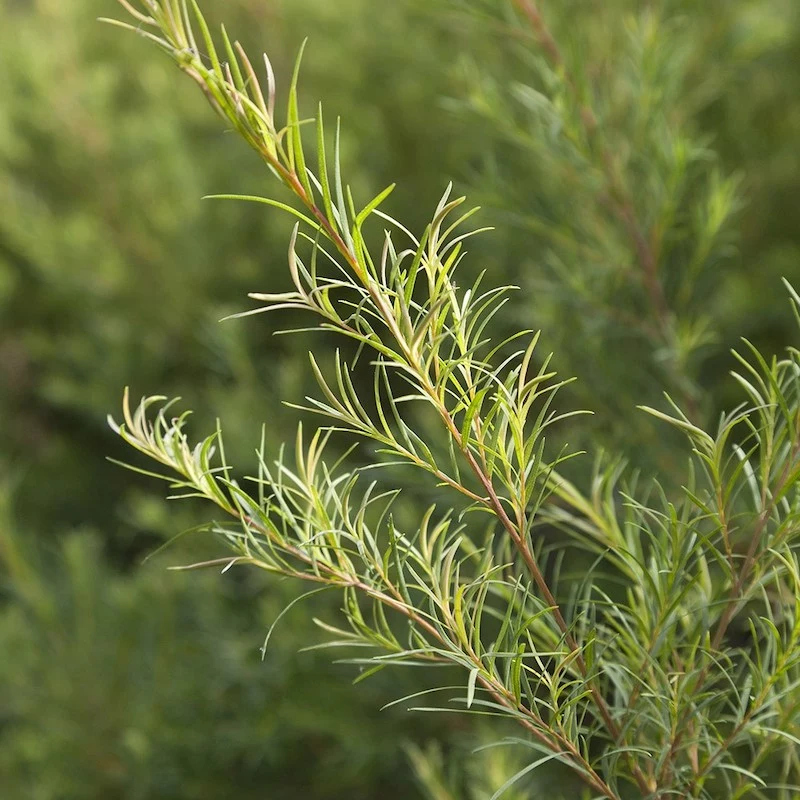
Let’s Get Blending: Recipes & Pro Tips
Okay, let’s put theory into practice. Blending is where the magic happens. But before you start, a few pro tips to avoid common mistakes.
Common Blending Mistakes to Avoid
- Going Overboard: Remember, 5-6 drops of essential oil per ounce of carrier oil is plenty for a face serum. Your skin will thank you.
- Giving Up Too Soon: Skin takes time to respond. Give any new blend at least 2-3 weeks of consistent use before deciding if it’s working.
- Forgetting to Blend Carriers: You can absolutely mix carrier oils! A 50/50 blend of pricey Rosehip oil and affordable Jojoba oil is a great way to get the benefits of both while making your expensive oil last longer.
Simple Recipes for Success
First, get your supplies. You’ll want a 1 oz (30ml) dark glass dropper bottle (amber or cobalt blue is perfect), maybe a tiny funnel (trust me on this), and your chosen oils. Measure the carrier oil first, then add your essential oil drops. Cap it, and shake gently.
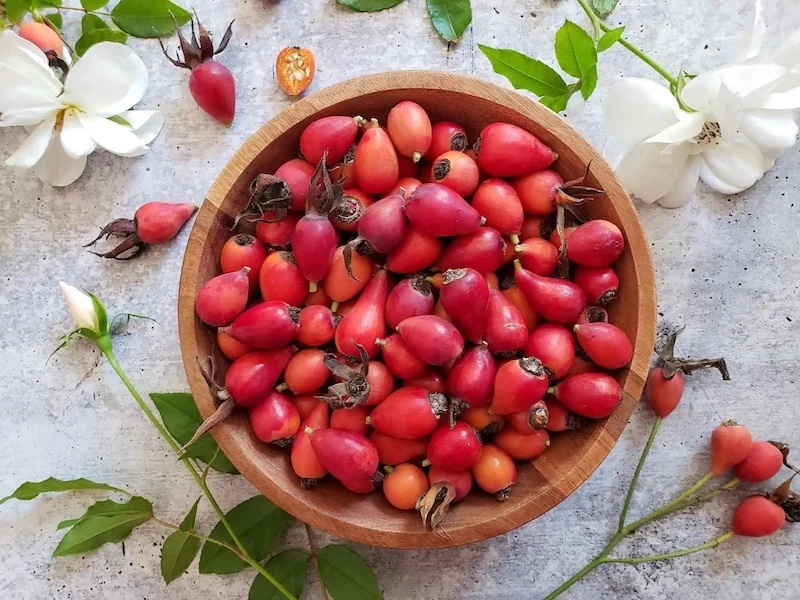
1. Calming Serum for Sensitive Skin
- Carrier Base: 1 ounce (30ml) of Jojoba Oil
- Essential Oils: 3 drops Lavender + 2 drops German Chamomile
How to Use: After cleansing, press 4-5 drops onto damp skin. The water helps the oil absorb better. Use it morning and night to calm redness.
2. Regenerative Serum for Mature or Sun-Damaged Skin
- Carrier Base: 1 ounce (30ml) of Rosehip Seed Oil (or a 50/50 mix with Argan)
- Essential Oils: 4 drops Frankincense + 2 drops Rose Geranium
How to Use: Best used at night. Press 4-5 drops into clean, damp skin. And don’t forget to store this blend in the fridge!
3. Balancing Serum for Combination or Acne-Prone Skin
- Carrier Base: 1 ounce (30ml) of Grapeseed or Jojoba Oil
- Essential Oils: 3 drops Tea Tree + 3 drops Lavender
How to Use: Apply 3-4 drops to damp skin, focusing on the T-zone. It’s light enough for morning and night use.
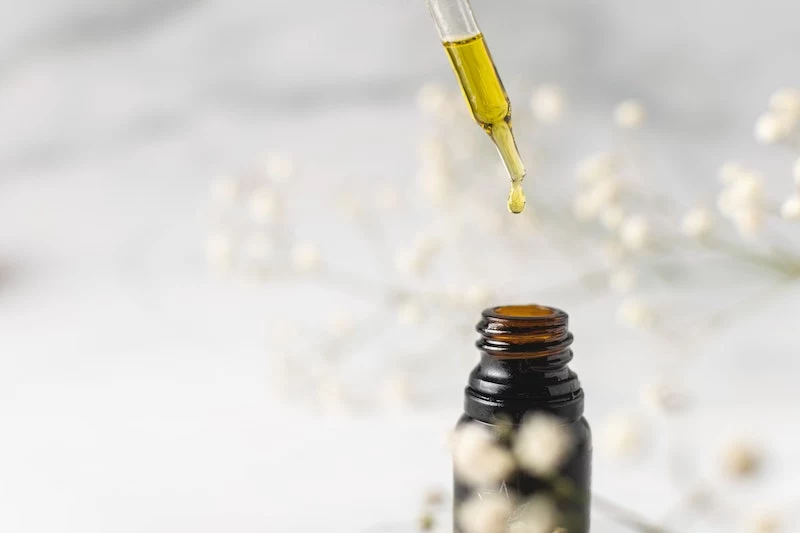
4. Nourishing Hair & Scalp Oil
- Carrier Base: 1 ounce (30ml) of Argan Oil
- Essential Oils: 4 drops Rosemary (great for stimulating follicles!) + 3 drops Lavender
How to Use: As a pre-shampoo treatment, massage a small amount into your scalp and through the ends. Let it sit for at least 30 minutes before washing out. You might need a double shampoo.
Know When to Call in the Pros
As wonderful as these oils are, they can’t fix everything. If you have persistent cystic acne, severe eczema, or any skin issue that’s causing you real distress, please see a dermatologist. They can give you a proper diagnosis and treatment plan.
And if you want to get into more complex blending, especially if you have health conditions or are pregnant, I highly recommend finding a Certified Aromatherapist. We’re trained to create blends that are both effective and safe for your specific situation.
Ultimately, using plant oils is about connecting with your own body. Start simple. Pay attention. Listen to what your skin is telling you. That personal knowledge is the real secret to happy, healthy skin.
Disclaimer: This information is for educational purposes only and is not meant to diagnose or treat any disease. Always chat with a qualified healthcare professional before making any changes to your health or skincare routine.
Inspirational Gallery
Jojoba Oil: Structurally very similar to our skin’s own sebum, making it a fantastic choice for oily or acne-prone skin as it can help balance oil production without clogging pores.
Avocado Oil: Thick, rich, and packed with oleic acid, this is a savior for very dry, mature, or dehydrated skin, offering deep nourishment and a protective barrier. Choose based on your skin’s immediate needs!
It can take over 200 pounds of lavender flowers to produce just one pound of lavender essential oil.
This incredible concentration is precisely why diluting essential oils in a carrier oil isn’t just a suggestion—it’s a matter of safety. A carrier oil ensures these potent extracts are delivered to your skin gently and effectively, preventing potential irritation and allowing their therapeutic benefits to shine through without overwhelming your system.
The secret to a non-greasy finish?
Always apply your facial oil to damp skin. After cleansing, leave your face slightly moist or use a hydrating mist like rosewater. Applying just a few drops of oil onto this damp canvas helps it emulsify slightly, allowing for faster absorption and locking in that precious hydration. It transforms the experience from oily to dewy.
Beyond the well-known oils, consider the vibrant power of Sea Buckthorn oil. This isn’t your average carrier oil; its brilliant orange-red hue comes from an exceptionally high concentration of carotenoids and rare Omega-7 fatty acids. It’s a true skin-repair hero.
- Promotes skin regeneration and healing.
- Offers potent antioxidant protection against environmental damage.
- Can help soothe inflammatory conditions like eczema and rosacea.
A little goes a long way—try adding just a couple of drops to your regular moisturizer or another carrier oil to get its benefits without a strong tint.
A common mistake: Applying too much oil. You only need 2-4 drops for your entire face. Warm the drops between your palms and gently press—don’t rub—the oil into your skin. This technique ensures an even, thin layer and enhances absorption for a healthy glow, not a greasy slick.
- Adds incredible softness and shine.
- Deeply nourishes the hair shaft, reducing breakage.
- Helps to tame frizz and flyaways.
The secret? A weekly pre-shampoo hot oil treatment. Gently warm two tablespoons of argan or sweet almond oil and massage it through your dry hair, from roots to ends. Wrap your hair in a warm towel for 20 minutes before shampooing as usual. It’s a game-changer for hair health.
Did you know that Squalane oil, often derived from olives, is a stabilized version of squalene, a natural component of our skin’s sebum?
This makes it incredibly biocompatible. It’s a lightweight, non-comedogenic, and fast-absorbing oil that provides hydration without any heaviness. Because our bodies recognize it, it’s an excellent choice for virtually all skin types, from the most sensitive to the most oily. Look for brands like The Ordinary or Biossance for a pure, high-quality version.
Don’t let your liquid gold go bad! High-quality, unrefined oils are ‘living’ ingredients and sensitive to heat, light, and air. To preserve their potent nutrients and prevent them from going rancid, always store your carrier oils in a cool, dark place like a cabinet, not on a sunny bathroom windowsill. Most oils, like Rosehip or Borage, are best used within 6 months of opening.
The non-negotiable first step: Before slathering a new oil all over your face, always perform a patch test. Apply a small amount to a discreet area, like your inner arm or behind your ear, and wait 24-48 hours. This simple act of patience can save you from widespread irritation or an allergic reaction, ensuring your journey with oils is a positive one.
- Using oils on dirty skin, which can trap bacteria and impurities.
- Ignoring your skin type and choosing an oil that’s too heavy or too light.
- Forgetting the neck and décolleté, which benefit just as much from the nourishment.
- Giving up after one try; it can take your skin a week or two to adjust to a new oil.










